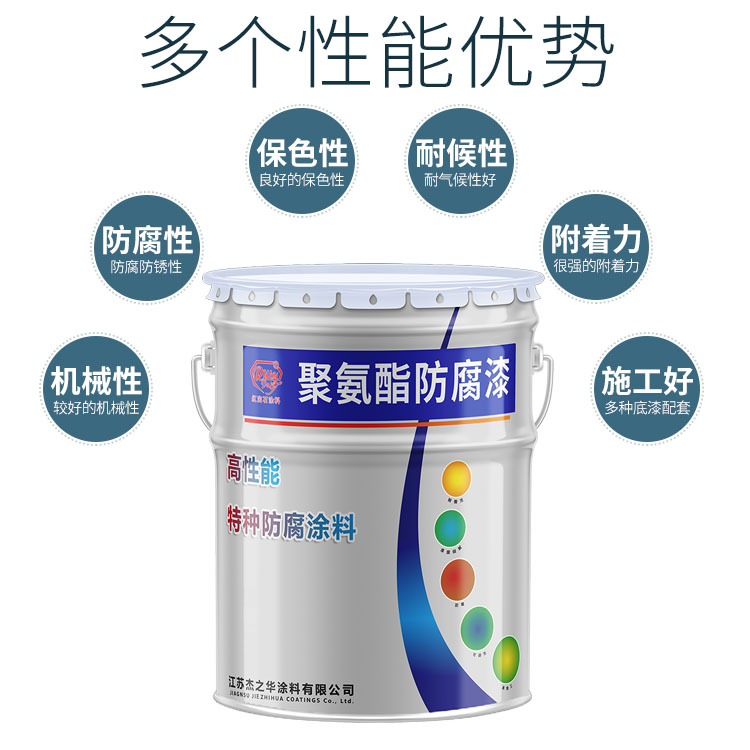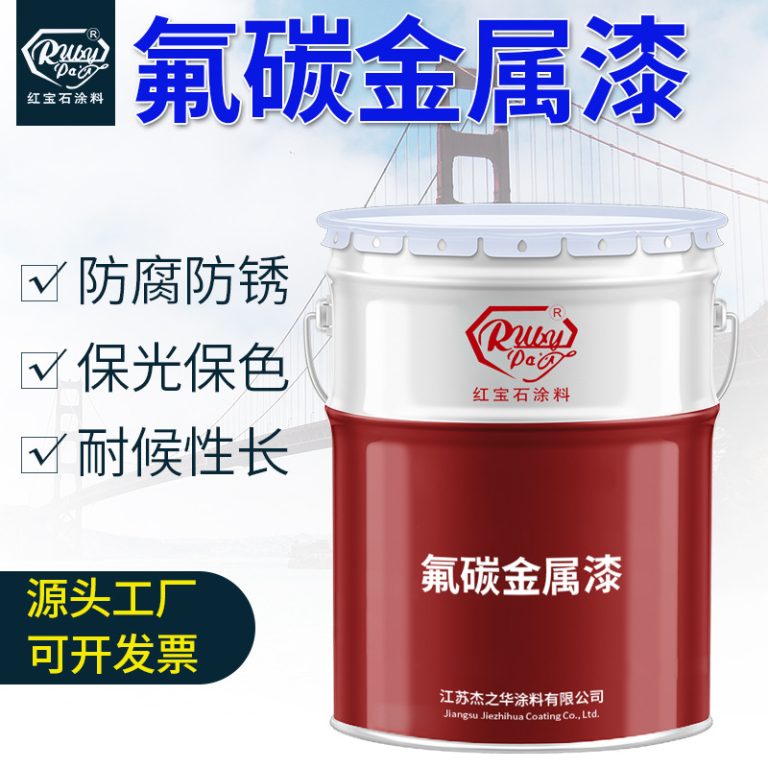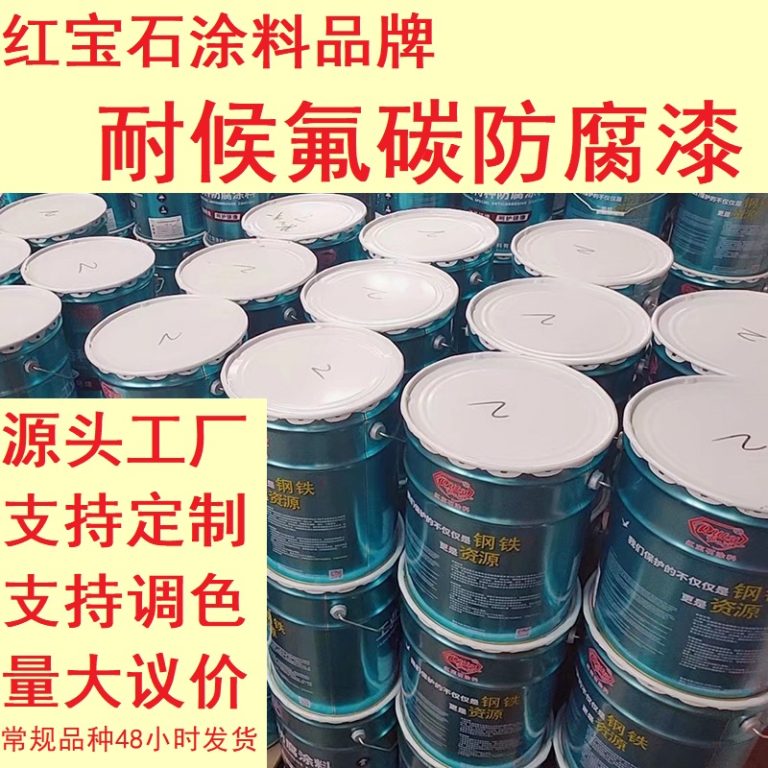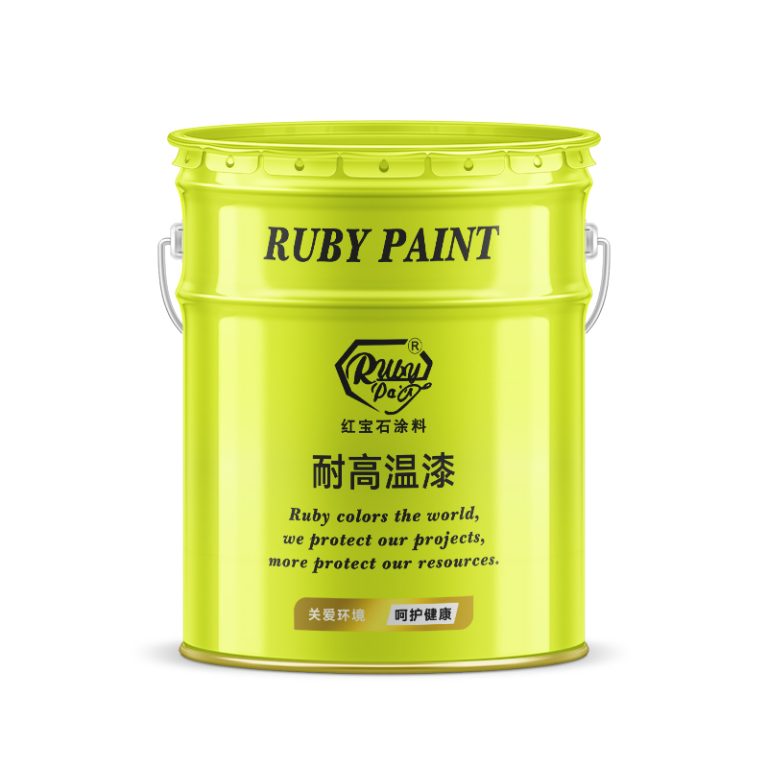Table of Contents
Understanding Polysiloxane Paint: Composition and Properties
Polysiloxane paint is a type of coating that has gained significant attention in various industries due to its exceptional properties and performance. This innovative paint technology is a hybrid of silicone and polyurethane, combining the best attributes of both to offer superior protection and durability. Understanding the composition and properties of polysiloxane paint is essential for appreciating its wide range of applications and benefits.
The primary component of polysiloxane paint is polysiloxane resin, which is a polymer that contains silicon and oxygen atoms in its backbone, along with organic groups attached to the silicon atoms. This unique molecular structure imparts remarkable characteristics to the paint, such as high thermal stability, excellent weather resistance, and strong chemical resistance. Additionally, the incorporation of polyurethane in the formulation enhances the mechanical properties of the paint, including its flexibility, impact resistance, and abrasion resistance.
One of the most notable properties of polysiloxane paint is its ability to withstand extreme environmental conditions. It can resist degradation from UV radiation, moisture, and temperature fluctuations, making it an ideal choice for outdoor applications. Furthermore, its resistance to chemicals and solvents ensures that it maintains its integrity and appearance even in harsh industrial environments. This resilience translates to a longer lifespan and reduced maintenance costs, as the need for frequent repainting is minimized.

Another significant advantage of polysiloxane paint is its aesthetic versatility. It can be formulated in a wide range of colors and finishes, from high gloss to matte, allowing for customization according to specific design requirements. This flexibility makes it suitable for various applications, including architectural coatings, automotive finishes, and protective coatings for marine and industrial equipment.
In addition to its protective and aesthetic qualities, polysiloxane paint also offers environmental benefits. It typically contains lower levels of volatile organic compounds (VOCs) compared to traditional paints, which contributes to better indoor air quality and reduced environmental impact. This aspect is particularly important in today’s context, where there is a growing emphasis on sustainability and eco-friendly practices in the manufacturing and construction industries.
The application of polysiloxane paint is straightforward and can be performed using conventional painting equipment. It can be applied to a variety of substrates, including metals, concrete, and plastics, provided that the surface is properly prepared to ensure good adhesion. Once applied, the paint cures to form a tough, impermeable film that provides long-lasting protection.
In conclusion, polysiloxane paint is a high-performance coating that offers a unique combination of durability, aesthetic appeal, and environmental friendliness. Its advanced composition, which blends the properties of silicone and polyurethane, makes it resistant to a wide range of environmental factors and suitable for diverse applications. Whether it is used for protecting industrial machinery, enhancing the appearance of buildings, or preserving automotive finishes, polysiloxane paint is a reliable choice that meets the demands of modern coating requirements. As industries continue to seek innovative solutions for protection and sustainability, polysiloxane paint is poised to play a pivotal role in shaping the future of coatings technology.
Benefits and Applications of Polysiloxane Paint in Industrial Coatings
Polysiloxane paint is a type of industrial coating that has gained significant attention due to its exceptional properties and versatile applications. This innovative paint technology combines the best attributes of polyurethane and epoxy coatings, offering superior protection and durability. As industries continually seek materials that can withstand harsh environments and extend the lifespan of their assets, polysiloxane paint emerges as a highly effective solution.
One of the primary benefits of polysiloxane paint is its remarkable resistance to environmental factors. This paint is engineered to endure extreme temperatures, UV radiation, and corrosive chemicals, making it an ideal choice for structures exposed to severe weather conditions or industrial pollutants. The resilience of polysiloxane paint ensures that coated surfaces maintain their aesthetic appeal and structural integrity over time, reducing the need for frequent maintenance and repainting.
| Nr. | Name |
| 1 | Fluoracarbon finish paint |
| No. | Article Name |
| 1 | Industrial paint |
Furthermore, polysiloxane paint exhibits excellent mechanical properties, such as high tensile strength and abrasion resistance. These characteristics are crucial in industrial settings where surfaces are subjected to mechanical wear and tear. By providing a robust protective layer, polysiloxane paint helps prevent damage to the underlying material, thereby prolonging the service life of equipment and infrastructure.
Another significant advantage of polysiloxane paint is its quick curing time. Unlike traditional coatings that may require extended periods to fully cure, polysiloxane paint can achieve complete curing within a shorter timeframe. This rapid curing process is highly beneficial in industrial projects where downtime needs to be minimized. By reducing the time required for coating applications, polysiloxane paint enables faster project completion and quicker return to service.
In addition to its protective qualities, polysiloxane paint also offers aesthetic versatility. It is available in a wide range of colors and finishes, allowing for customization according to specific design requirements. Whether the goal is to achieve a high-gloss finish for visual impact or a matte finish for practical purposes, polysiloxane paint can be tailored to meet diverse aesthetic preferences. This flexibility makes it a popular choice for both functional and decorative applications in various industries.
The applications of polysiloxane paint are extensive and varied. In the marine industry, it is used to coat ships and offshore structures, providing protection against saltwater corrosion and biofouling. In the oil and gas sector, polysiloxane paint is applied to pipelines, storage tanks, and drilling equipment to guard against chemical attack and weathering. Additionally, this paint is employed in the construction industry for coating bridges, stadiums, and high-rise buildings, where it helps preserve the structural integrity and appearance of these assets.
Moreover, polysiloxane paint is increasingly being used in environmentally sensitive projects due to its low volatile organic compound (VOC) content. Regulations concerning VOC emissions are becoming stricter, and polysiloxane paint offers a more eco-friendly alternative to conventional coatings. By emitting fewer harmful compounds, this paint contributes to improved air quality and reduced environmental impact.
In conclusion, polysiloxane paint is a highly effective industrial coating that provides numerous benefits, including environmental resistance, mechanical strength, rapid curing, aesthetic flexibility, and eco-friendliness. Its wide range of applications across various industries underscores its versatility and effectiveness in protecting and enhancing the value of industrial assets. As technology advances, polysiloxane paint is poised to play an increasingly vital role in the field of industrial coatings.
Comparing Polysiloxane Paint with Other Protective Coatings: Advantages and Limitations
Polysiloxane paint is a type of protective coating that has gained popularity in various industries due to its exceptional properties. When compared to other protective coatings, polysiloxane paint offers several advantages, but it also has some limitations that need to be considered.
One of the primary advantages of polysiloxane paint is its superior durability. This type of paint forms a strong bond with the surface it is applied to, providing long-lasting protection against environmental factors such as UV radiation, moisture, and temperature fluctuations. This makes it an ideal choice for structures that are exposed to harsh weather conditions, such as bridges, marine vessels, and industrial facilities. Additionally, polysiloxane paint is highly resistant to abrasion and chemical exposure, further enhancing its protective capabilities.
Another significant advantage of polysiloxane paint is its aesthetic appeal. This coating provides a high-gloss finish that not only enhances the appearance of the surface but also helps to maintain its color and gloss over time. This is particularly beneficial for applications where maintaining an attractive appearance is important, such as in architectural and automotive applications.
Furthermore, polysiloxane paint is environmentally friendly. It typically contains low levels of volatile organic compounds (VOCs), which are harmful chemicals that can contribute to air pollution and pose health risks. By using polysiloxane paint, industries can reduce their environmental impact and comply with increasingly stringent environmental regulations.
However, despite its many advantages, polysiloxane paint also has some limitations. One of the main drawbacks is its cost. Polysiloxane paint is generally more expensive than other types of protective coatings, such as epoxy or polyurethane. This can be a significant factor for large-scale projects where cost-effectiveness is a priority.
In addition, polysiloxane paint requires careful application to achieve optimal results. The surface must be properly prepared, and the paint must be applied in the correct conditions to ensure proper curing and adhesion. This can increase the complexity and time required for the application process, which may not be feasible for all projects.
When comparing polysiloxane paint with other protective coatings, it is also important to consider the specific requirements of the application. For example, while polysiloxane paint offers excellent UV resistance, it may not be the best choice for applications that require high heat resistance, as it can degrade at high temperatures. In such cases, other coatings, such as ceramic or silicone-based coatings, may be more suitable.
In conclusion, polysiloxane paint is a highly effective protective coating that offers several advantages, including durability, aesthetic appeal, and environmental friendliness. However, it also has some limitations, such as cost and application complexity, that need to be considered. When selecting a protective coating, it is important to weigh these factors against the specific needs of the application to determine the most appropriate choice. By doing so, industries can ensure that they achieve the desired level of protection while also maximizing cost-effectiveness and efficiency.






